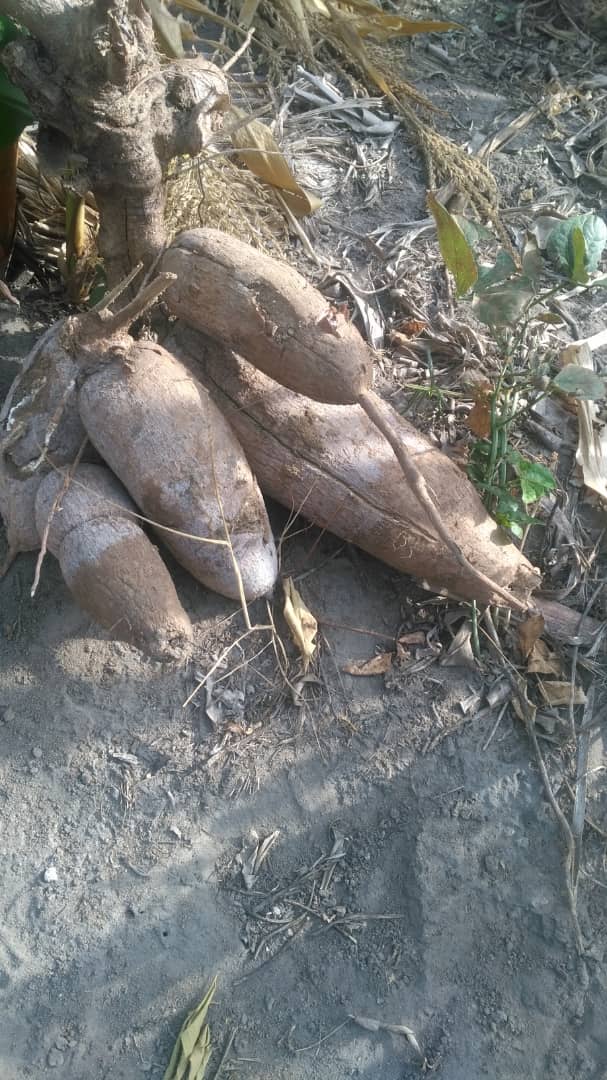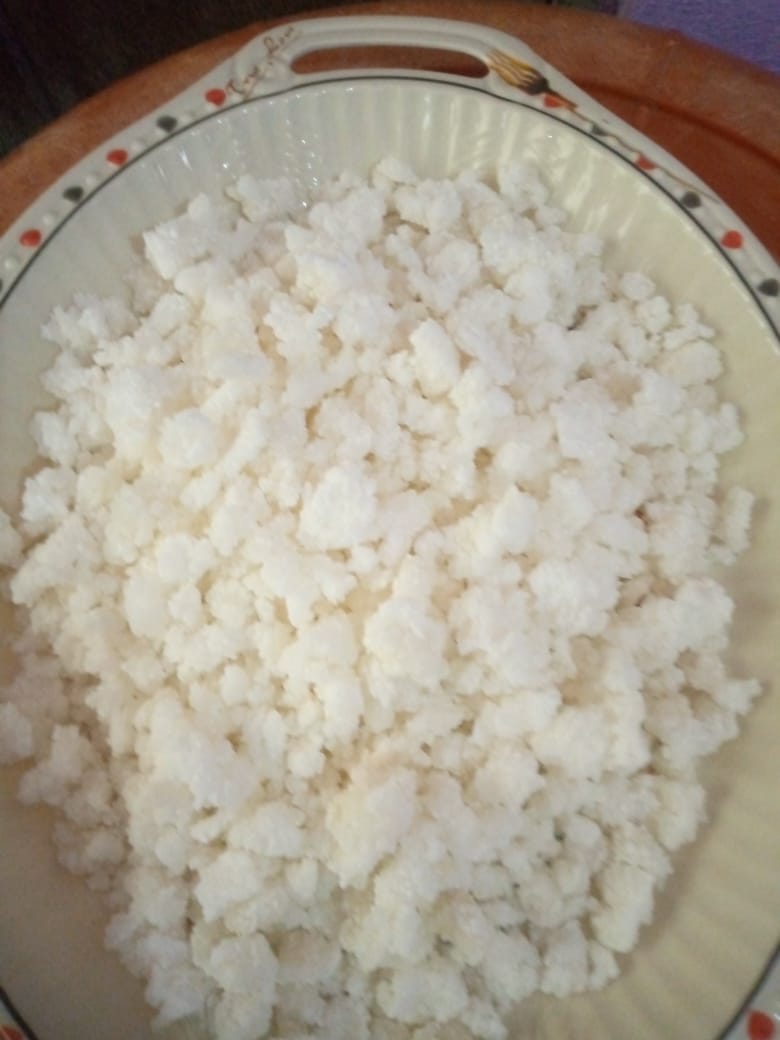Harina de yuca
Ubicación del proveedor : Ghana| Tipo de producto / Número CAS / Designación adicional |
Cassava |
| Tipo genético |
Con OMG |
| Cantidad disponible |
30.0 Tonelada métrica |
| Opciones de referencia |
DELIVERY_OR_PICKUP |
| Cantidad por unidad de embalaje |
1.0 Tonelada métrica |
| Unidad de negocio |
Tonelada métrica |
| País de origen |
Ghana |
| Incoterms |
CIF
|
| Cantidad mínima de pedido |
3.0 Tonelada métrica |
| Precio por unidad de comercio |
|
| FHD |
|
| Certificados corporativos |
| Unidades de embalaje |
Contenedor
|
CASSAVA PRODUCTION IN GHANA. Cassava (Manihot esculenta Crantz) is an important food security and income-generating crop cultivated by many smallholder farmers globally, mainly in developing countries. The significance of cassava in the food system of Ghanaians cannot be underestimated. As a main staple crop, cassava contributes about 22% and 30% to the Agricultural Gross Domestic Product(AGDP) and daily calories intake respectively. Per capita consumption of 152kg makes it the highest among all food crops. Due to cassava’s significance, the government and donor agencies have paid lots of attention as far as policy implementation and improvement is concern. This has yielded substantial results in terms of the development of cassava varieties and agronomic practices. Base on cassava technologies development and research, Ghana has released and disseminated 25 new cassava varieties to smallholder farmers since 1993. Again, the crop is gradually gaining attention as an industrial crop for flour, starch, and alcohol production, a drive that would further improve on returns to farmers. It is a food security crop because it is robust, produces more per unit area, and versatile for multiple usages in household foods and derivatives. Furthermore, between 2009 and 2018 cassava production, the area planted and per capita consumption averaged 16,190,210 Mt, 897,230 ha and 152.9 respectively. Conclusion, these are some of the farming communities in the Volta region of Ghana that cultivate cassava on a large scale: Weta, Ehie, Klikor, and it’s catchment areas, Dzodze, Penyi, Afife, Abor, Akasti, and Avenorfedo respectively.
Documentación del producto
Sin documentos




